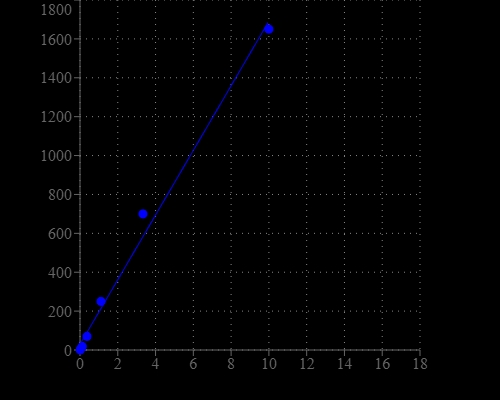Amplite® Fluorimetric Hydrogen Peroxide Assay Kit
Near Infrared Fluorescence
Hydrogen peroxide (H2O2) is a reactive oxygen metabolic by-product that serves as a key regulator for a number of oxidative stress-related states. It is involved in a number of biological events that have been linked to asthma, atherosclerosis, diabetic vasculopathy, osteoporosis, a number of neurodegenerative diseases and Down's syndrome. Perhaps the most intriguing aspect of H2O2 biology is the recent report that antibodies have the capacity to convert molecular oxygen into hydrogen peroxide to contribute to the normal recognition and destruction processes of the immune system. Measurement of this reactive species will help to determine how oxidative stress modulates varied intracellular pathways. This Amplite® Hydrogen Peroxide Assay Kit uses our unique Amplite® IR peroxidase substrate to quantify hydrogen peroxide in solutions and cell extracts. Amplite® IR generates the fluorescence that is pH-independent from pH 4 to 10. Thus it is superior alternative to ADHP (Amplex Red™) for the detections that require low pH where ADHP (Amplex Red™) has reduced fluorescence. In addition, Amplite® IR generates a product that has maximum absorption of 647 nm with maximum emission at 670 nm. This near infrared absorption and fluorescence minimize the assay background that is often caused by the autofluorescence of biological samples that rarely absorb light beyond 600 nm. It can also be used to detect a variety of oxidase activities through enzyme-coupled reactions. The kit is an optimized 'mix and read' assay that is compatible with HTS liquid handling instruments.


| Catalog | Size | Price | Quantity |
|---|---|---|---|
| 11502 | 500 Tests | Price |
Spectral properties
| Excitation (nm) | 648 |
| Emission (nm) | 668 |
Storage, safety and handling
| H-phrase | H303, H313, H333 |
| Hazard symbol | XN |
| Intended use | Research Use Only (RUO) |
| R-phrase | R20, R21, R22 |
| UNSPSC | 12171501 |
Instrument settings
| Fluorescence microplate reader | |
| Excitation | 640 nm |
| Emission | 680 nm |
| Cutoff | 665 nm |
| Recommended plate | Solid black |
Contact us
| Telephone | |
| Fax | |
| sales@aatbio.com | |
| International | See distributors |
| Bulk request | Inquire |
| Custom size | Inquire |
| Technical Support | Contact us |
| Request quotation | Request |
| Purchase order | Send to sales@aatbio.com |
| Shipping | Standard overnight for United States, inquire for international |
Page updated on January 7, 2026

